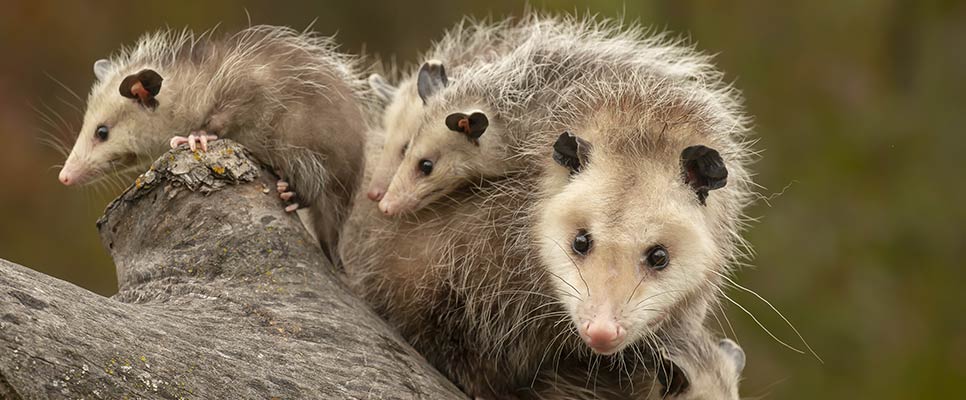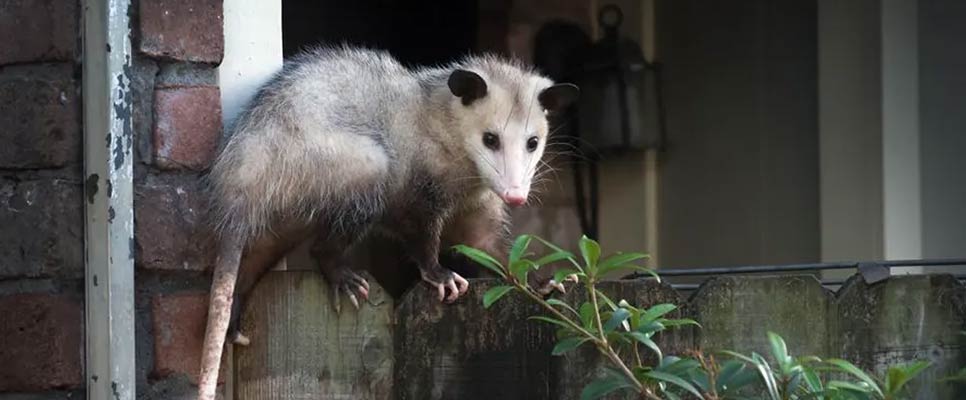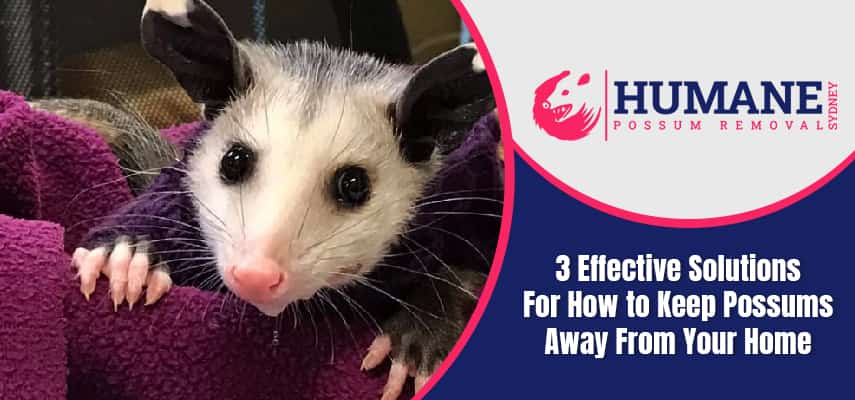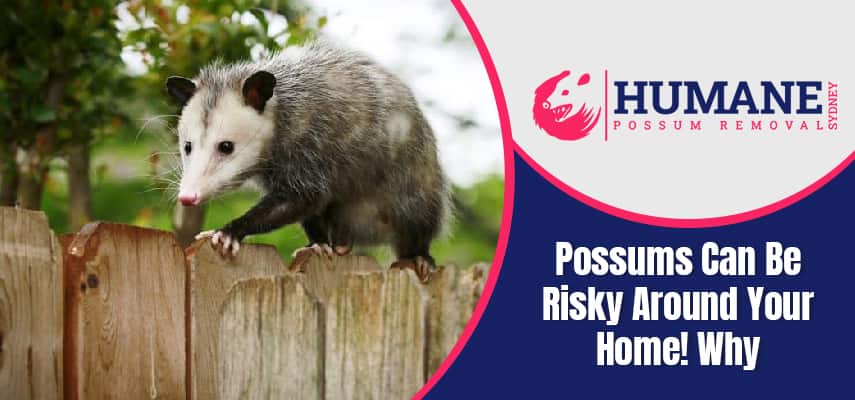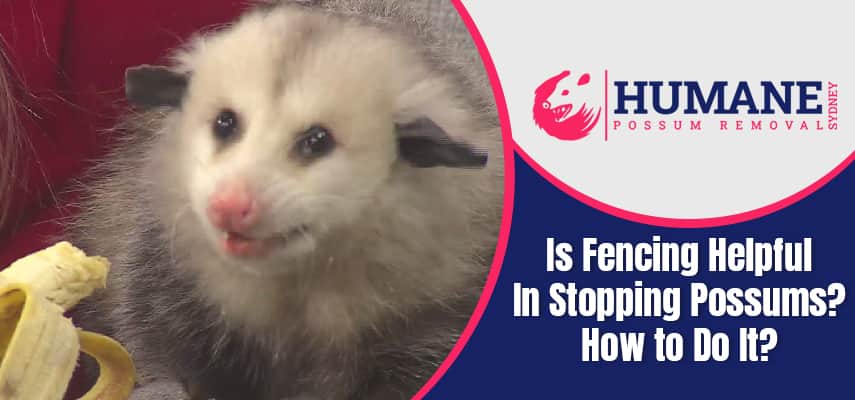Possums, though fascinating creatures, can become unwelcome guests in our homes. Understanding how to identify possum tracks and implementing preventive measures is crucial. In this comprehensive guide, we’ll delve into the nuances of recognizing possum tracks and explore effective strategies, including insights on possum removal, to keep them from entering your home and ensure a harmonious living space.
Identifying Possum Tracks
Possum Track Characteristics
Understanding possum tracks is the first step in effective identification. Possum tracks typically feature five toes with distinct claw marks. The hind foot is larger than the front, showcasing an elongated shape. Observing these details can help you confidently identify possum tracks around your property.
Distinguishing Possum Tracks from Other Wildlife
Possum tracks may resemble those of other creatures. To differentiate, focus on the size, spacing, and claw marks. Possum tracks are unique, and with a discerning eye, you can accurately identify them, ensuring targeted preventive measures.
Preventing Possum Entry
Securing Trash Bins
Possums are attracted to easily accessible food sources. Secure your trash bins with tight-fitting lids to prevent possums from scavenging for food in your garbage. This simple step can discourage them from frequenting your property.
Sealing Entry Points
Possums are adept climbers and can exploit even small openings. Conduct a thorough inspection of your home’s exterior, identifying and sealing potential entry points. This proactive measure helps create a possum-proof barrier.
Using Natural Repellents
Certain scents are off-putting to possums. Utilize natural repellents like citrus peels, garlic, or ammonia near vulnerable areas. Possums dislike these odours, making your home less attractive to them.
Installing Motion-Activated Lights
Possums are nocturnal animals and are sensitive to light. Install motion-activated lights around your property, deterring possums from approaching. This not only enhances security but also discourages their nocturnal activities.
Conclusion
By mastering the art of identifying possum tracks and implementing preventive measures, you can peacefully coexist with these creatures without compromising your home’s sanctity. Stay informed, act proactively, and create a possum-resistant environment to enjoy a harmonious living space.
FAQs
Yes, humane methods include using natural repellents, securing food sources, and creating barriers rather than resorting to harmful traps.
Possums are skilled climbers and can ascend structures like trees and fences. Ensure preventive measures cover potential entry points at various heights.
Check local regulations, as some areas may have restrictions on relocating possums. It’s advisable to consult with wildlife authorities for guidance.


